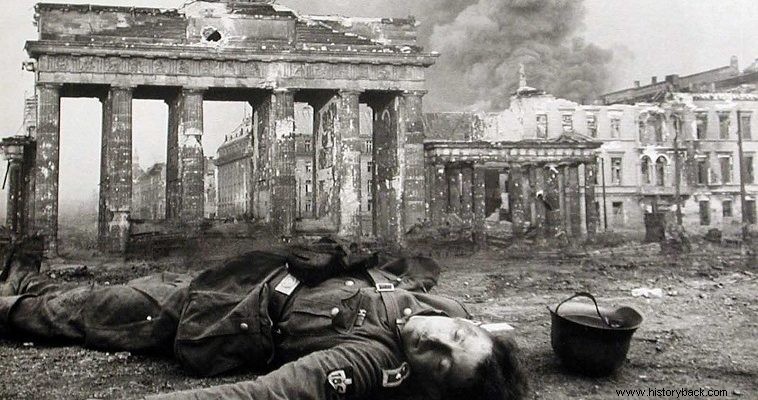
In the early hours of April 9, 1945, the German Nazis executed the last German resistance fighters in the concentration camps. Six men were hanged at the Flossenburg camp. "End. For me the beginning of life" said the Protestant theologian Dietrich Bonhoeffer, an emblematic figure of the German resistance against Hitler, saying goodbye to a British prisoner.
On that day, exactly 75 years ago today, the officers Wilhelm Kanaris, Hans Oster and Ludwig Gere, as well as the lawyers Karl Sack and Theodor Strunk, were put to death. All six tried in vain to assassinate Adolf Hitler and overthrow the Nazi regime.
On this night, the carpenter Georg Elzer, who in 1939 tried to kill Hitler with an improvised explosive device in the Bürgerbreukeller beer hall in Munich, was executed in the Dachau concentration camp. Almost simultaneously in the Sachsenhausen camp, the theologian Bonhoeffer's brother-in-law and jurist Hans von Donanyi, who collaborated closely with the conspirators executed in Flossenburg, was executed.
To not contribute to the reconstruction of Germany
A month or so later Adolf Hitler and the Nazi regime were no more. World War II ended on May 8, 1945 with the unconditional surrender of Germany. However, as the historian Johannes Tuchel, head of the German Resistance Memorial in Berlin, told the German news agency dpa, "until the last moment, the Nazis persecuted their opponents in order not to contribute to the reconstruction of post-war Germany. The executions on April 9 were an act of revenge that corresponded to the vengeful personality of Adolf Hitler."
Few people in Germany resisted the Nazis. The executions of German resistance fighters show that they came from various walks of life:from Admiral Wilhelm Kanaris, head of the Counterintelligence Service, to carpenter Georg Elzer. Among the resisters were young people like the students Sophie and Hans Sol, members of the "White Rose" organization, conservatives, social democrats and communists.
At first they wanted to prevent the war and then to end it
Since 1938 high-ranking military and public officials have attempted to assassinate Adolf Hitler. First to prevent war and then to end it. Their goal was, as the author Joachim Fest writes in his book "Coup d'état", to say the big no to Hitler and what his regime stood for.
The man who came closest to assassinating the "Fuhrer" was the aristocratic officer Klaus von Stauffenberg on August 20, 1944. And this attempt, however, failed. For a long time Wilhelm Kanaris as the head of the Counterintelligence Service protected conspirators such as General Hans Oster. In his cell shortly before he was executed, the admiral sent the following message to his fellow prisoner:"I was not a traitor. As a German I was simply doing my duty".
The carpenter who wanted to assassinate the "Fuhrer"
Among the conspirators of the Counterintelligence Service was the theologian Dietrich Bonhoeffer, who tried to inform, through church connections, the outside world that in Nazi Germany there was a group of officers seeking to overthrow Adolf Hitler. 75 years after his execution the German theologian is considered one of the leading resistance fighters against the Nazis. Many streets and schools, but also parishes bear his name.
For many years post-war Germany struggled to recognize Georg Elzer's contribution to the German resistance. For 30 nights the carpenter dug an opening in a Bürgerbreukeller column to place the explosive device there, with which he planned to assassinate Hitler and his closest associates. But a few minutes before the explosion, the dictator left the Munich beer hall. According to the historian Johannes Tuchel, today Georg Elser is honored as a courageous man, who tried to kill a tyrant and his elite in order to prevent a war.
SOURCE:DW
